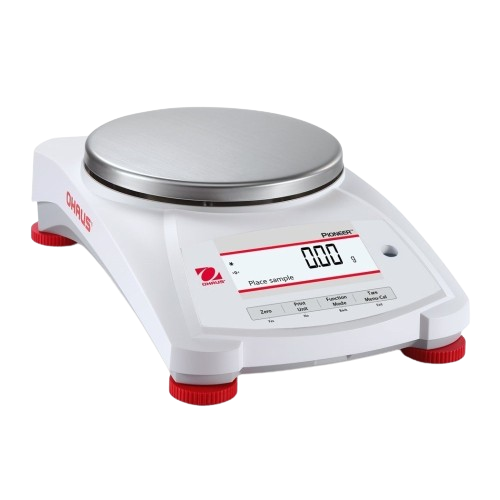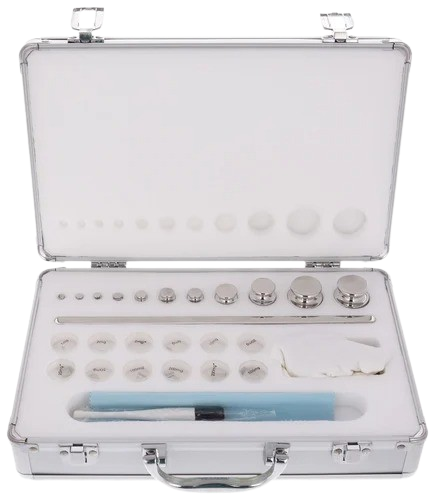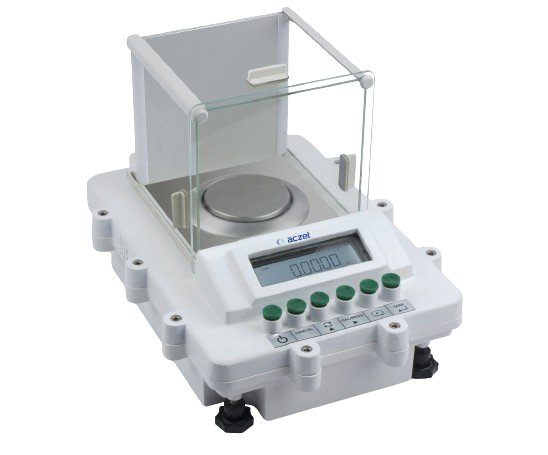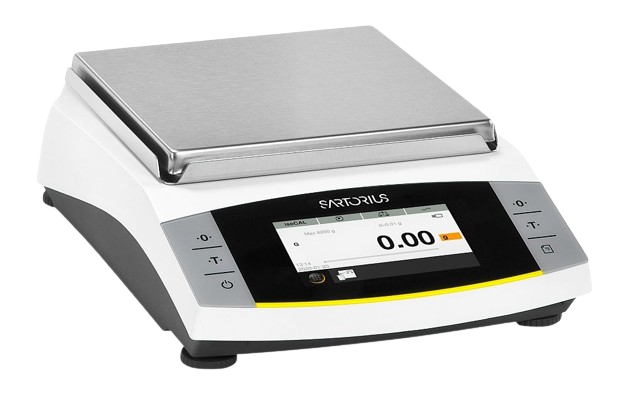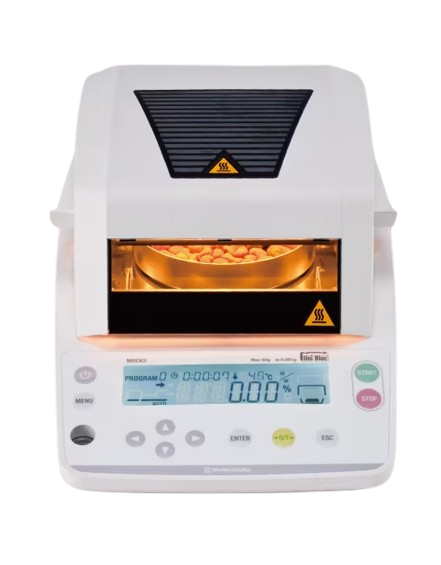
Shimadzu
-
Principle of Operation:
Loss on Drying (LOD): The moisture analyzer measures the moisture content by weighing a sample before and after it is heated to evaporate the moisture. The difference in weight before and after heating corresponds to the amount of moisture present in the sample. -
How It Works:
Sample Preparation: A small portion of the sample is weighed and placed in the moisture analyzer.
Heating Process: The analyzer applies controlled heat to the sample. During this process, the moisture within the sample evaporates.
Measurement: The moisture analyzer continuously measures the weight of the sample as it heats. Once the sample reaches a stable weight, indicating all moisture has evaporated, the moisture content is calculated based on the initial and final weights. -
Applications:
Food Industry: Determining moisture content in food products to ensure quality, freshness, and compliance with regulatory standards.
Pharmaceuticals: Ensuring the correct moisture levels in drugs and pharmaceutical ingredients to maintain efficacy and stability.
Cosmetics: Checking moisture levels in cosmetic products to maintain consistency and performance.
Construction Materials: Assessing moisture content in materials like wood, concrete, and aggregates to prevent defects and ensure structural integrity.
Environmental Monitoring: Measuring soil moisture content for agricultural purposes and environmental studies. -
Benefits:
Accuracy: Provides precise measurements of moisture content compared to traditional drying methods.
Speed: Offers rapid results, typically within minutes, compared to hours or days with traditional methods.
Ease of Use: Requires minimal operator training and can be automated for increased efficiency.
Non-destructive: Allows samples to be reused after measurement, reducing waste.
